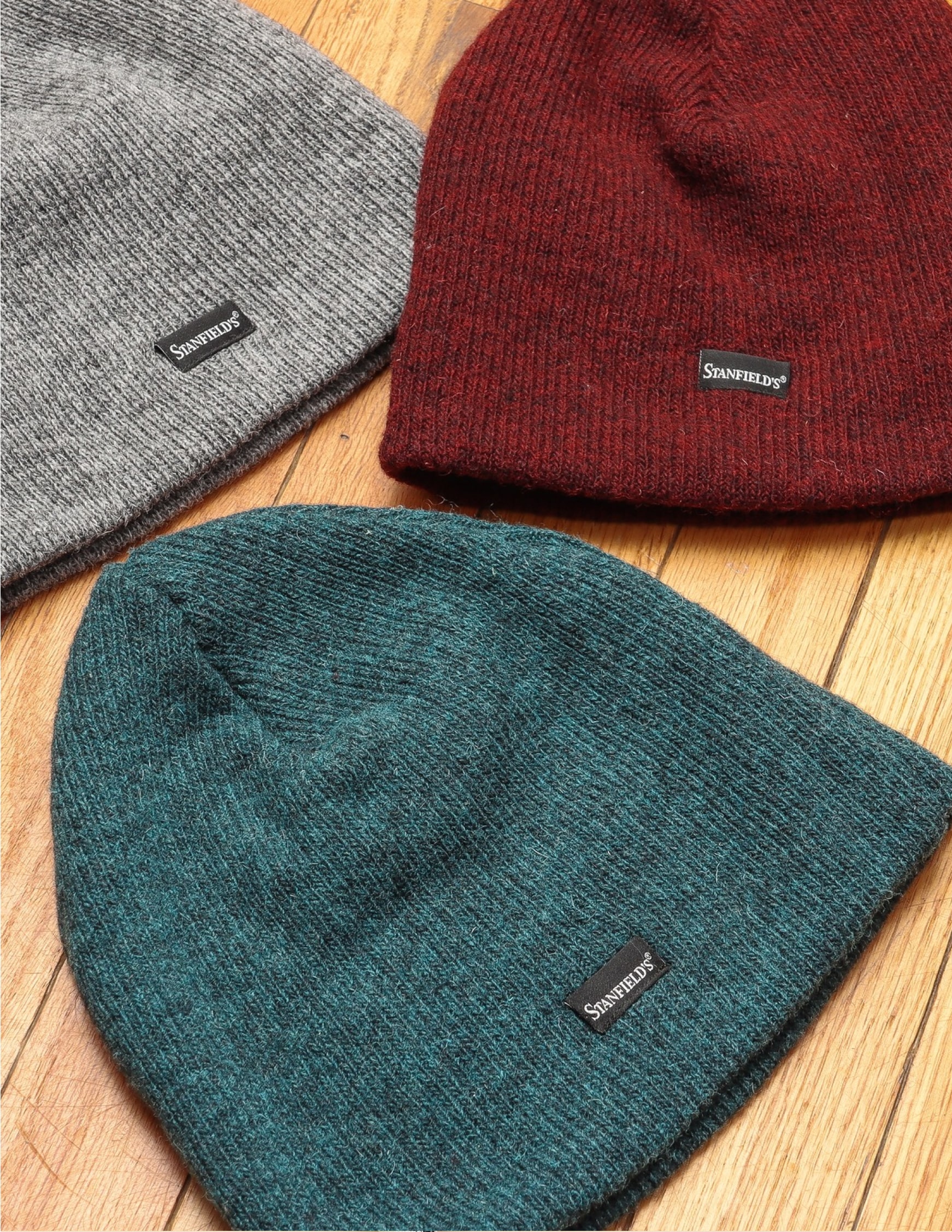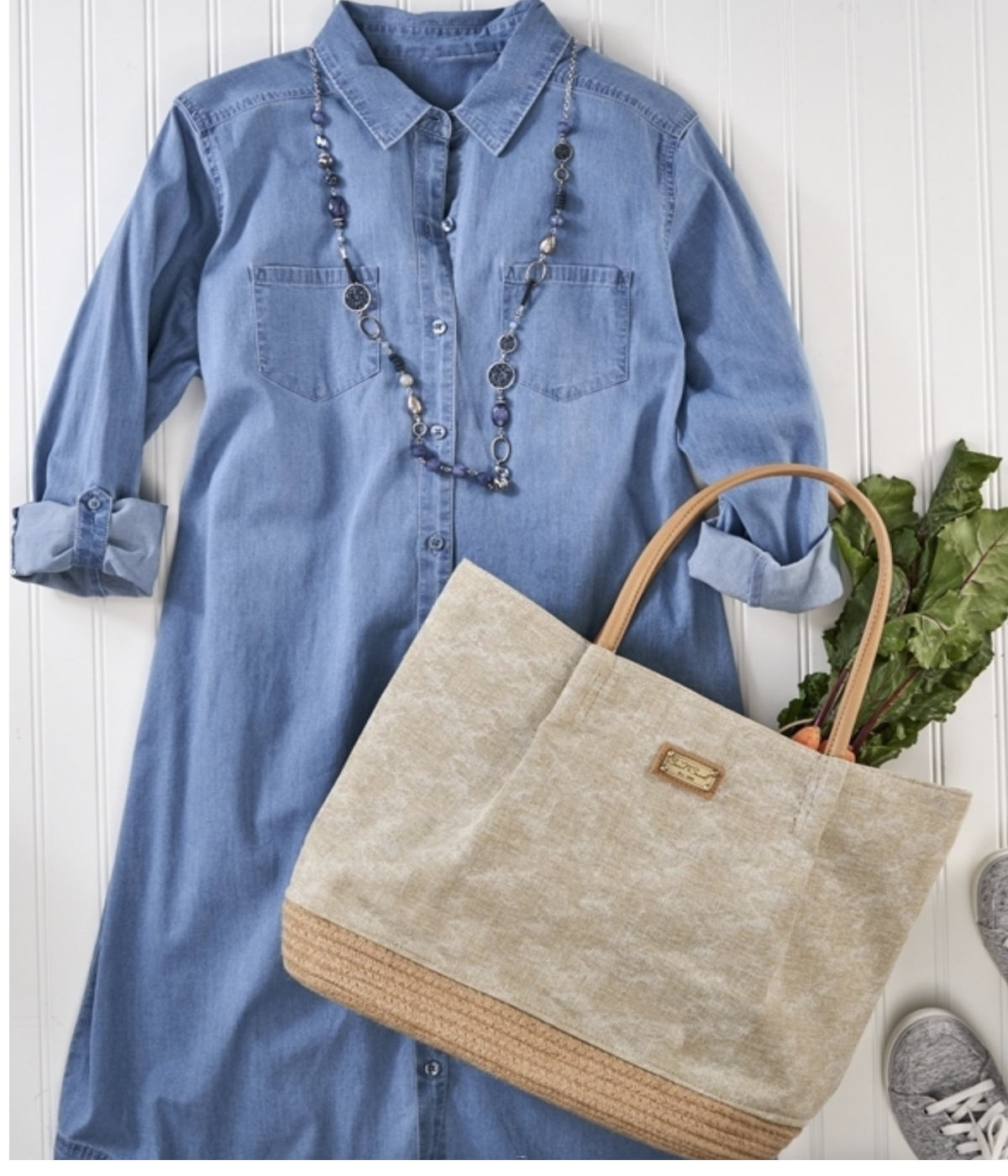WE DESIGN, BUILD, AND OPTIMIZE DTC & B2B WEBSITES FOR GROWING BRANDS ON SHOPIFY













WITH EXPERIENCE IN OVER 100 SITE BUILDS AND OPTIMIZATION PROJECTS ON SHOPIFY, OUR TEAM WILL GUIDE YOUR BUSINESS AND LEVEL UP YOUR ONLINE STORE
USER EXPERIENCE
Our process puts your customers first. Over time we’ve developed a bag of tricks for how to implement successful online experiences that drive real business value. First, we look at site speed, UX updates, and the underlying technology. Then we push forward with a plan to make your customers convert, and keep coming back.
RAPID DEPLOYMENT
We have a library of pre-built, modular components that are geared to streamline the design and development process. This provides our clients with a unique, functional, and visually appealing ecommerce store in less than 50% of the time typically required by our peer group of Shopify Plus agencies.
ONGOING OPTIMIZATION
Our commitment to your success extends beyond launch. We offer tailored ongoing support designed to make incremental improvements to your site for your customers, and your team. From resolving technical issues to optimizing performance, our dedicated team is here to help your ecommerce store thrive in the ever-changing digital landscape.

WORK WITH ABLE SENSE ON ECOMM STRATEGY, UX DESIGN, AND SHOPIFY DEVELOPMENT

ECOMMERCE ACTION PLAN (EAP)
The experts at Able Sense will create a detailed Shopify implementation plan for your business. The EAP gives you purpose and clarity for the path forward.
Starting with workshops with you and your team, we will gather detailed information about your business and customers to clarify your goals. We will then guide you through the decision-making for every page and every feature on your site. In the end, your EAP will provide everything you need to launch your business on the Shopify.
The EAP process leverages our expertise to deliver you a project estimate and detailed implementation roadmap – all based on your user stories that put your customers first.
Ecommerce Action Plan and Able Sense: the plan and partner you need to grow your business with Shopify.
- Personalized e-commerce strategy
- Goal setting
- Audience definition
- Website architecture design
- Deployment roadmap
- Detailed timeline
- Project Budget Creation
- Launch plan

DESIGN & BUILD
Already have your plan in place? Our designers, developers and strategists will work with your team to create a bespoke Shopify website experience that speaks to your customers and get you to launch, sooner.
We offer Creative + Development services in equal parts to help launch the project you have been waiting for. Our long line of successful implementations show our ability to execute ecommerce projects on Shopify. The end goal is to provide you with a custom design that retains all the ease of use Shopify gives you!
- Web Design and Development
- Creative Concepts
- Detailed UX Design
- Shopify Theme Development
- Custom Apps
- Mobile development

Growth & Optimization
We have strong, successful, ongoing relationships with many of our clients. Our flexible support options cater specifically to the needs of growing Shopify Plus merchants, providing tailored solutions that adapt to your business's evolving requirements.
Our flexible ongoing support is available through two options:
- A monthly retainer
- A discounted annual retainer
Both options enable you to choose the support model that best suits your needs and budget.
- Roadmap creation and consultation
- Omni-channel ecommerce consulting
- UX design
- Front-end development
- Shopify Development
- Conversion Rate Optimization
- Team Training















.jpg)











